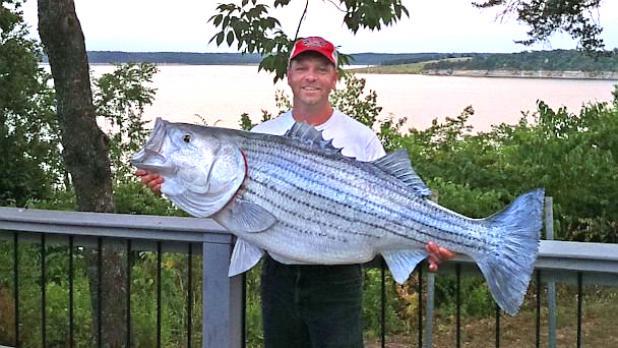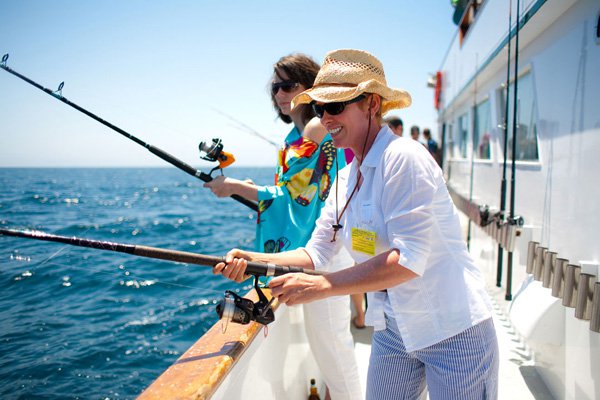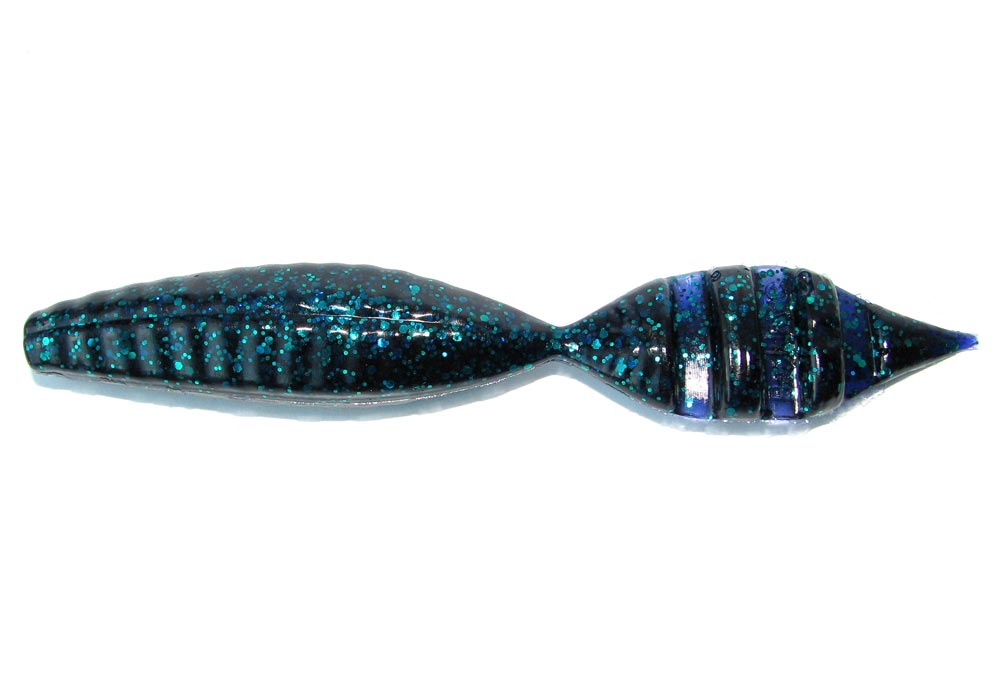lifting
Question
Hey, I played starting Tight End and starting Defensive End at my school freshmen year. It's nearing summer and I've been wondering what I should be lifting in the weight room. Is there a Tight End workout plan, and how much should I be running a day? About a mile or more?
Thanks,
Christian
Answer
Dear Christian,
I was going to send you all the information at one time until I realized how much there was. I do not want you to be over whelmed. So I am going to send it to you in parts.
First part, what you need to know when playing the position of tight end. Next, a great weight lifting program. And last, how to get into great football shape. every time that you feel that you assimilated the section that I sent you, just let me know and I will send you the next one. Let's start with section one, how to be a great tight end.
There are 3 characteristics a tight end must have. A tight end must demonstrate a strong ability to block the other guy, consistently get opened on pass patterns, and he must be able to prove (time and time again, to all) that he has sure-hands. If you can consistently turn a third-down into a first-down you will be the go to guy on any team.
Let us start with blocking; blocking is nothing more than hard work and never giving up. What you need to do is spend some time in the weight room (during the summer) this will make you stronger.
I would also work on my conditioning and my ability to react to the ball. Playing a lot of handball and basketball will help you develop these skills. Handball and basketball will make you quicker and better conditioned.
Next, I would work on pass patterns. A receiver must get opened before he can catch the ball. I would work on the quick out, slant, and the seam pass. These quick patterns are a must have on most teams. And great tight end patterns.
Remember when running your patterns, the biggest mistake you can make is to slow down when catching the ball or after making your break. If you slow down before you catch the ball or after your break, you will be giving the defensive back time to catch up with you.
You must run your pattern as fast as you can, while still keeping under control, and let the quarterback lead you. It is up to the quarterback to get you the ball when you are open.
Quick Out (1):
This is a 5-8 yard route forward then the receiver cuts out towards the sideline then looks for the ball.
Slant (2):
This is a 3-5 yard route forward then the receiver breaks towards the middle of the filed on a 45 degree angle and looks for the ball.
Seam (3):
This route is run straight up the field with the receiver looking for the ball after he gets past the line of scrimmage.
The most important skill that a receiver can master is strong desire to catch the ball. A receiver should concentrate on looking the ball into his hands (all the way into his hands).
A receiver must be able to shut everything out of his mind by focusing all his attention on looking the ball into his hands.
A receiver must watch the football until he catches it and puts it away before he starts to run with it. The catch is more vital than the run after.
The last twelve inches of the flight, of the ball, are the most important of all, this is where most receivers take their eyes off the ball and drop it.
Here is a list of drill you can work on. You will need someone to play quarterback-B. All passes will be no longer than 3-5 yards at first. When you get good, at catching the ball, at this distance, move up to 8-10 yards.
1. Have the quarterback throw the ball over your left shoulder (catch the ball with your right hand only) 5-10 passes per-practice.
2. Have the quarterback throw the ball over your right shoulder (catch the ball with your left hand only) 5-10 passes per-practice.
3. Two handed catch over your right shoulder (5-10 times).
4. Two handed catch over your left shoulder (5-10 times).
Always catch the ball with your hands only (do not trap the ball against your body it will bounce off your shoulder pads. Try this for about a week or two, 20-30 minutes a day. Short passes only. At first you will drop a lot of passes but don't give up. When you are ready, move on to (a little) longer passes.
Before you start any program, make sure to get all the help you can from people that care about you and want you to succeed.
Get your PARENTS, your COACH, and your DOCTOR involved.
1. GET YOUR PARENT'S PERMISSION AND ASK FOR THEIR ADVICE. THEY CAN BE OF GREAT HELP TO YOU. THEY CAN HELP YOU BY BEING THERE WHEN YOU NEED THEM. AND BY MAKING SURE YOU ARE NOT OVER DOING IT.
2. TALK TO YOUR COACH HE IS THERE TO HELP YOU. HE WANTS YOU TO SUCCEED. HE CAN GET YOU STARTED ON THE RIGHT PROGRAM.
3. BEFORE YOU START ANY PROGRAM MAKE SURE YOU GET YOUR PARENT'S PERMISSION AND A DOCTOR'S OKAY. REMEMBER ONLY A DOCTOR CAN TELL YOU IF THE PROGRAM YOU ARE STARTING IS TOO MUCH FOR YOU. IT IS BETTER TO BE SAFE THAN TO BE SORRY!!!!!!!!!!
I hope this information will be of help to you. Remember, take it one step at a time there are no short cuts to being an impact player. And that is what we are going for here.
Your friend, Coach Louis
PS Please let me know when you are ready for part two.
speed, body fat
HB 40 Time


